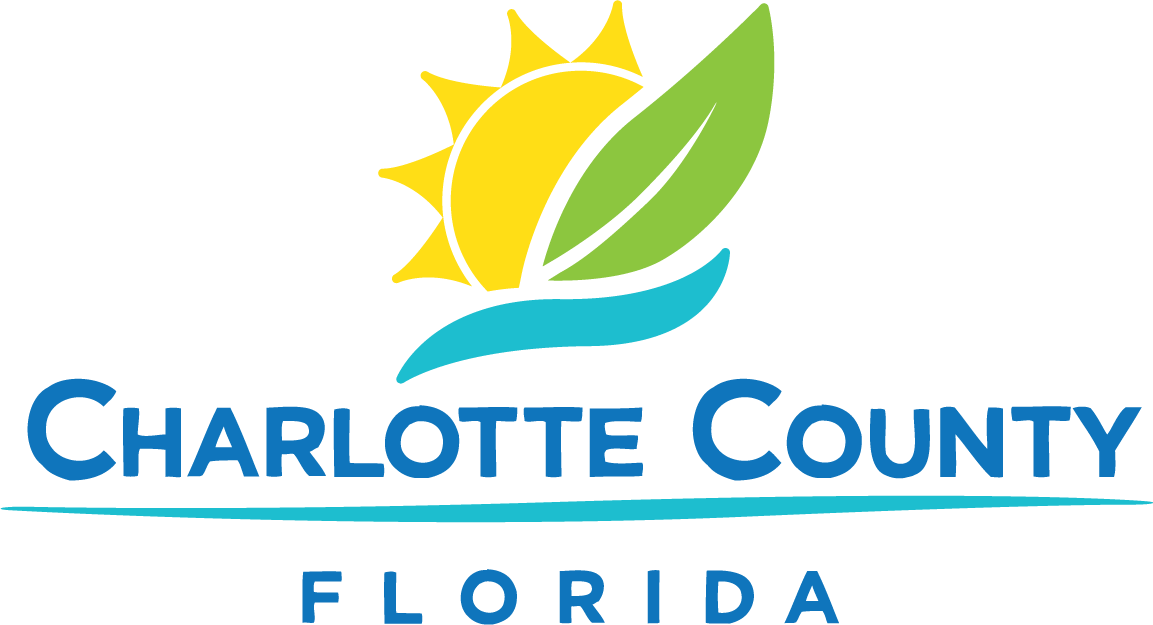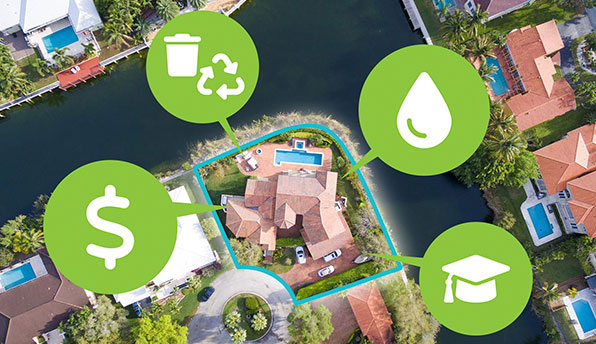A Boil Water Notice is a precautionary public health advisory issued when a community’s drinking water is possibly contaminated by pathogens. Pathogens are small microorganisms, not visible by the naked eye, that can cause illness if they enter the body. Boiling water kills these microorganisms to ensure the water is safe for use. These notices are not a notification of contaminated water, but a precautionary measure taken if there is any chance of pathogens being present to ensure the health and safety of the community.
View Areas under Precautionary 'Boil Water' Notice
What Causes a Boil Notice?
Certain conditions can trigger a boil water advisory when they increase the risk of pathogens being present in water supplies. These include: A severe drop in system pressure, a break in a major water distribution line, a malfunction of the water treatment system, or a cross-connection to a water supply known to be contaminated.
How am I Notified?
The Florida Department of Environmental Protection and the Health Department require water suppliers to notify customers if conditions exist for possible contamination or contamination is found in samples. Charlotte County Utilities will attempt to knock on the front doors of all affected customers, and will leave a notification on the door handle if no one answers. If a large area is affected, a press release about the boil water notice will be issued.
Once any necessary repairs and testing has been completed and water safety is restored, the boil water notice will be lifted in the same manner it was announced- either door-to-door or through a press release. Once the notice is lifted, it is safe to resume normal water use.
How to Disinfect Water
The preferred method is boiling. To ensure all pathogens are killed, bring water to a rolling boil and boil for at least one minute. Let cool before use to prevent burns.
If boiling is not an available option, disinfect by adding 1/8 teaspoon of unscented bleach per gallon of water. Mix well and let sit uncovered for 30 minutes or more.
Water that has been disinfected can be safely stored in a clean, covered container for later use.
When to Use Disinfected Water
Drinking
Drinking water should be disinfected before use by any humans or animals. Water from your refrigerator dispenser will also need disinfected. Any ice in your ice-maker should be thrown away and no new ice made from your refrigerator should be used during the advisory. If you make ice in a tray, disinfect the water first.
Cooking
Any water to be used in cooking should be disinfected prior to use. Disinfected water should also be used to wash any food, such as fruits and vegetables. Baby formula should be prepared using disinfected water. Ensure your hands have been cleaned with disinfected water before handling any food.
Cleaning
Dishes can be hand-cleaned using tap water if they are rinsed afterwards for one minute in a bleach solution made from one tablespoon of bleach per gallon of tap water. Dishes should then be left to air dry. It is safe to wash clothes in tap water
Personal Hygiene
General hand-washing can be done with tap water and soap; however, if you will be in contact with food use disinfected water to prevent any contamination to prepared food. If you have any open cuts, wounds, or sores, disinfected water should be used when cleaning the afflicted area. Individuals who have had recent surgery, chronic illness or are immunosuppressed may want to use disinfected water for any personal hygiene to ensure health. While tap water is safe for bathing and showering, care should be taken not to allow water in the eyes, nose or mouth to prevent pathogens from entering your body. Children and disabled individuals should be supervised when bathing to ensure no water is ingested. Disinfected water should be used for brushing teeth. Tap water is safe for shaving, as long as care is taken to prevent water from entering the eyes, nose, mouth or shaving cuts.






